Table 1. Table depicting different types of burn with details18-21 .
| Type | Layers involved | Appearance | Texture | Sensation | Healing Time | Prognosis | Example |
| Superficial (first-degree) | Epidermis | Red without blisters | Dry | Painful | 5-10 day | Heals well. Repeated sun burns increase the risk of skin cancer later in life. |
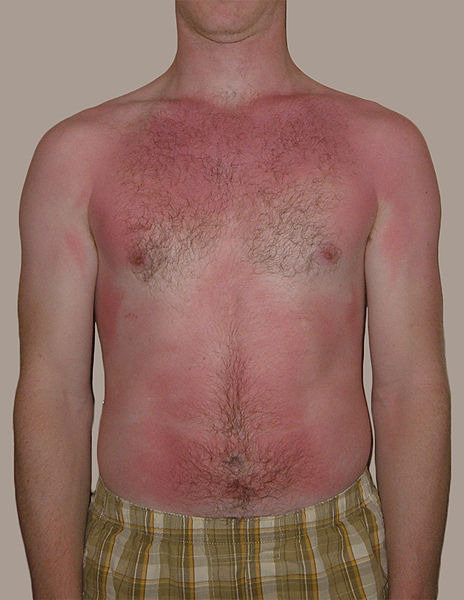
|
| Superficial partial thickness (second-degree) | Extends into superficial (papillary) dermis | Redness with clear blister. Blanches with pressure | Moist | Very painful | 2–3 week | Local infection (cellulitis) but no scarring typically |
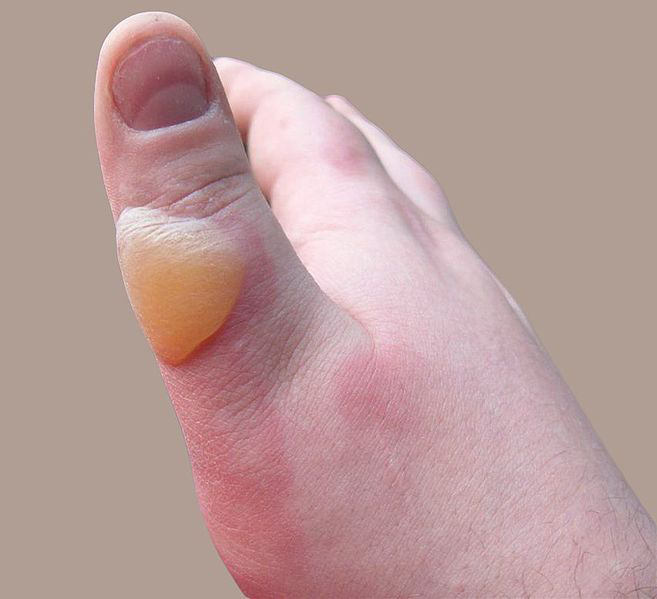
|
| Deep partial thickness (second-degree) | Extends into deep (reticular) dermis | Yellow or white. Less blanching. May be blistering | Fairly dry | Pressure and discomfort | 3–8 weeks | Scarring, contractures (may require excision and skin grafting) |
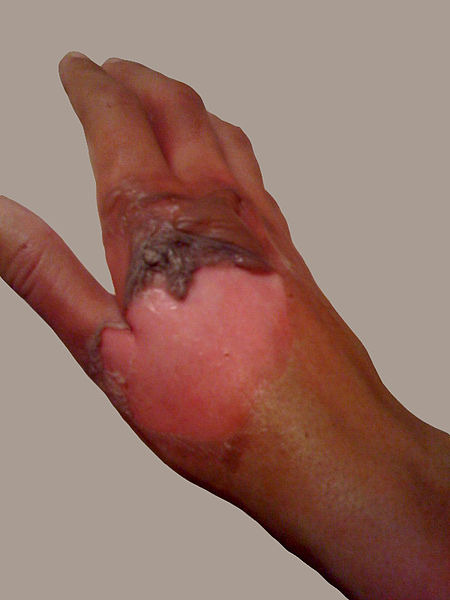
|
| Full thickness (third-degree) | Extends through entire dermis | Stiff and white/brown. No blanching | Leathery | Painless | Prolonged (months) and incomplete | Scarring, contractures, amputation (early excision recommended) |
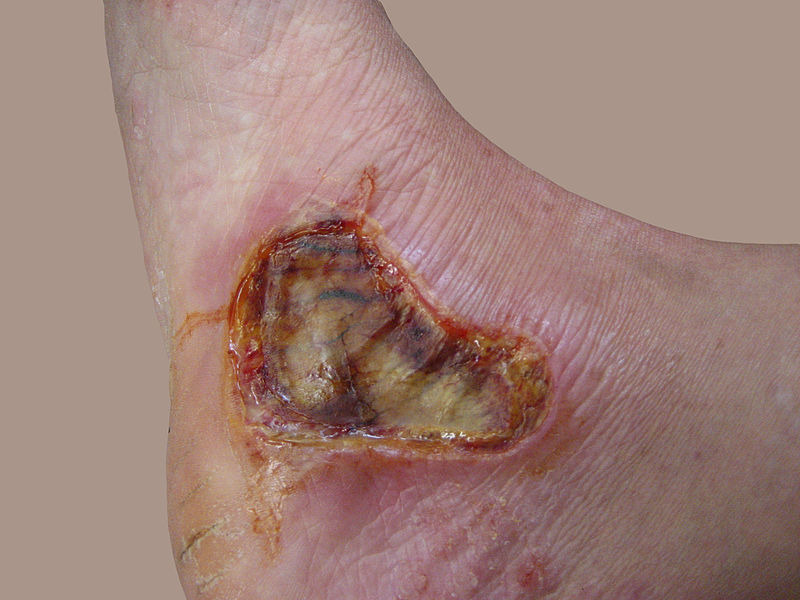
|
| Fourth-degree | Extends through entire skin, and into underlying fat, muscle and bone | Black; charred with a scar | Dry | Painless | Requires excision | Amputation, significant functional impairment and in some cases, death. |
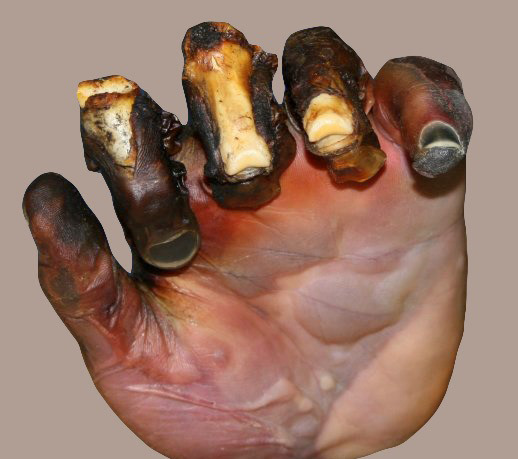
|
